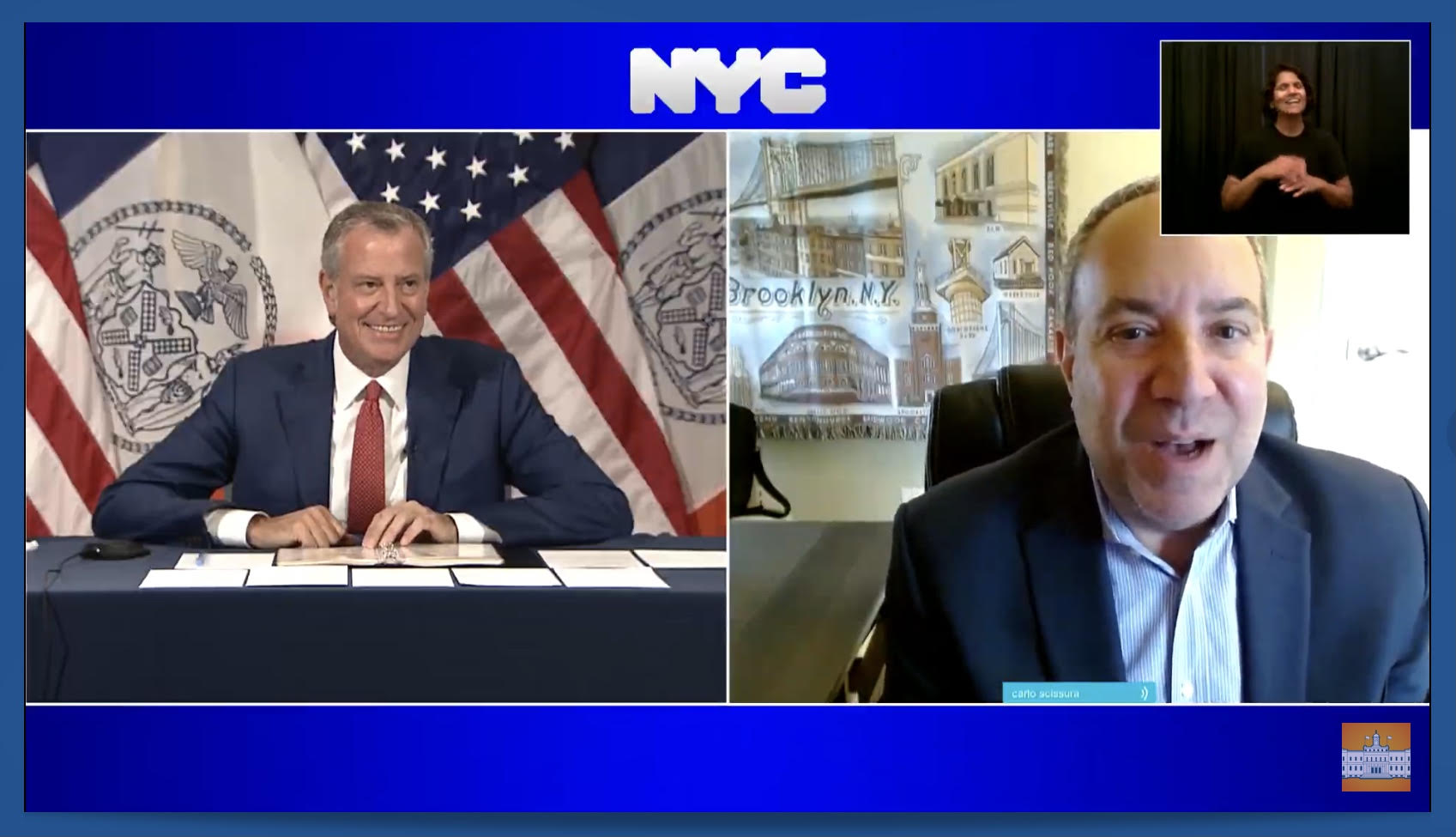NYC releases plan to preserve BQE for 20 years, buying time for a better idea

Mayor Bill de Blasio and New York City officials revealed a plan on Wednesday to squeeze another 20 years of operation out of the decrepit Brooklyn-Queens Expressway. This will buy time to come up with a more visionary, forward-thinking plan for the highway that reduces dependence on trucks and takes community concerns into account, the mayor said.
De Blasio said the city would “use this opportunity to rethink how people, goods, and services move around our city … The world is changing and we want to find new solutions.”
The plan includes preserving the current infrastructure by waterproofing it and eliminating the use of roadway salt; performing immediate maintenance; and enforcing limits on overweight trucks.

Brooklyn Boro
View MoreNew York City’s most populous borough, Brooklyn, is home to nearly 2.6 million residents. If Brooklyn were an independent city it would be the fourth largest city in the United States. While Brooklyn has become the epitome of ‘cool and hip’ in recent years, for those that were born here, raised families here and improved communities over the years, Brooklyn has never been ‘uncool’.